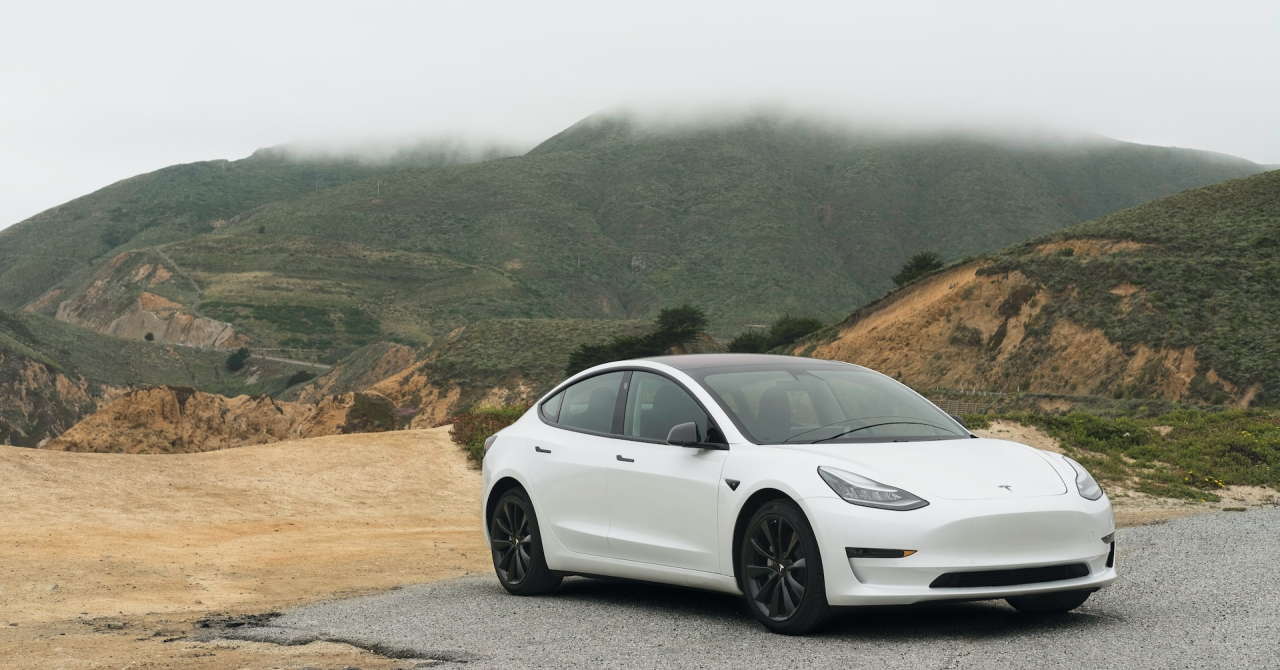The first commercially-available EVs didn't come out until the late 1990s, even though the history of electric vehicles goes back by another century or-so.
In 2010 we've had one of the first commercial-scale battery-powered cars out there, in the form of the Nissan Leaf and ever since, more and more EVs started to hit the market. Nowadays, there is a choice for everyone who wants to drive clean. City cars, sedans, SUVs, even pick-up trucks, all categories have a battery-powered (at least) alternative to choose from.
Not to mention heavy duty vehicles, like trucks and buses, also powered by batteries.
What do we do with the batteries
Given that most EVs run on batteries, with few exceptions, at some point we'll face two issues: first, how do we make sure we have enough materials to build more batteries for the increasing number of models and units that well make. And two is about what will happen to the batteries once they reach their end of life.
Unlike gas or diesel-powered vehicles, who can be filled up indefinitely with fuel, the batteries found in the vehicles of the future have a limited lifespan of a few years, maybe a decade at best. Some EVs are being used in hot or cold environments, so the batteries degrade faster and fast charging affects the chemistry, as well.
It is true that some cells will still be suitable for second-life use cases, such as turning them into energy storage systems, but even those will eventually need to be recycled. In 2022, experts estimated that only 5% of the world's total batteries were recycled, with the rest being an 8 million ton toxic waste potential that can seriously affect our planet.
Who can recycle EV batteries in Romania
Romania is one country where the adoption of EVs is still not as high as some other states, although this class of vehicles is gaining traction here, as well. This is why we need to have a decent recycling capacity, as the EU demanded that manufacturers will have to recover 63% of all portable battery waste until 2027 and 73% by the end of 2030.

Also, 51% of the batteries found inside light people transport vehicles are to be recovered by 2028 and 61% by the end of 2031, respectively.
In Romania, there are few organizations who are ready to take care of the used EV batteries and not only, but one of the larger ones is the Association Sistemului Național de Reciclare a dBateriilor (SNRB). There are 12 people working at SNRB right now, as per Elena Gaspar Ion, the President of the Association Sistemul Național de Reciclare a Bateriilor. The team there does not only recycle batteries, but they also follow the evolution of the market and how many EVs are currently in circulation, which can indicate the flow of batteries that could be coming in the following years.
Recycling together with the population
"The Association bears responsibility, on behalf of all of the manufacturers who are part of it, to finance all of the collection, treatment and the recycling of the used batteries that come to it", Elena told Green Start-Up.
SNRB is also a founding member of EUCOBAT (European Compliance Organisation for Batteries), a complex European organization that gathers some of the most important battery makers on the continent, which constantly improves the management system of used batteries.
The population needs to be involved in the recycling process, thus public education is needed. Through various campaigns, SNRB is making people understand why it is important to sort their waste and not throw batteries together with the food or plastic waste, for example. Used and end-of-life battery cells must be taken to special collecting bins, found in places such as supermarkets, where they are collected by specialized personnel and taken to recycling centers.

This way, the environment stays clean and we can make sure that we have enough materials to make future batteries. It's important to prevent batteries, like all other types of products, from becoming waste streams, as they can end up in the environment where they can break down over time and spill dangerous chemicals or can be eaten by the fauna who might mistake them for food.
How well do we collect our batteries
With all this being said, how does Romania keep up with the EU's regulations when it comes to the amount of batteries that it collects. Officially, the EU demands that 45% of the batteries sold within three years are to be collected by each member state. At the last count for EUROSTAT, Elena told us that Romania reported a share of collected used batteries of 51%, higher than the amount required by EU officials.
To help authorities, organizations, such as SNRB, are working together to ensure that as many battery cells as possible are collected, although this can prove tricky, she says, when it comes to convincing the population to recycle.
What can we make of recycled batteries
Once recycled, a process that can happen multiple times for the same components, the batteries can be turned into new cells or other types of products. The black mass, for example, is a high-carbon material that can be used to make asphalt mixes, or they can be used when making frames for eyewear.
Lead batteries, for example, can be recycled infinitely, as processing lead doesn't degrade the component in any way and it can be repurposed as many times as necessary.
Recycling batteries can have an impact on the environment, as well, depending on the type of batteries that we're processing. While there are companies in Europe that invest in eco-friendly recycling plants, as Elena explained, this isn't yet a pollution-free process.

For complex batteries, such as cells which are made with more components, the recycling process is a bit more complicated, but all batteries can and should be recycled, the president of SNRB told Green Start-Up.
"SNRB collaborates with recyclers in Romania, Germany, France and Turkey to ensure that all batteries are properly recycled", Elena explained.
The upcoming wave of EVs means the work has yet to begin
One of the EU's objectives with regards to the future of battery-powered cars adoption implies that we should expect to see around 30 million EVs on Europe's roads by the next decade.
Because of this, SNRB collaborates with automakers and companies in the automotive industry, which can provide a great share of the cells that are recycled or that will be recycled in the future.
Because of the commitment to have a sustainable transport system and to make sure that by switching to electric vehicles we won't harm the environment more, Romania became part of the European organization that aims to find solutions for repurposing and recycling end-of-life lithium-ion cells in Europe, called RENEOS.

Photo source: Ronald Berger
Back on the European regulations that I wrote about in the beginning of this analysis, RENEOS wants to make sure that the new targets for the collection and recycling of EV-grade batteries are hit and that we'll be able to make the most out of the cells that will be extracted from used EVs.
Given that 73% of used and end-of-life batteries must be collected by 2030 within all EU countries, Elena says that this will only intensify the process of teaching people how to separate batteries from other waste streams around the house and finding more ways to encourage them to take the cells to special bins.
What's next for SNRB
The newly-implemented EU regulations for batteries imply more things than what we've mentioned here so far, such as a passport for batteries and even redesigning certain products so that batteries are more easily accessible. Given all those things, SNRB officials told us that they will be working harder, both on a nation-wide level, but also within the organizations they belong to, in order to develop more sophisticated collection, sorting and recycling systems.
Also, the mission to inform and educate the population and various companies will continue, as well, with programs that are adapted to the directives that are in place at that time.
While seeming like it's just a niche industry, Elena concluded by pointing to the importance of collecting and recycling EV batteries and not only, as this will be a major step towards a fully circular economy and a clean future. If we want to roll exclusively in battery-powered cars at some point, we won't have to worry only about the kind of power that goes in the batteries, but what happens to those when they've been exhausted.
 Mihai - Cristian Ioniță
Mihai - Cristian Ioniță












Any thoughts?